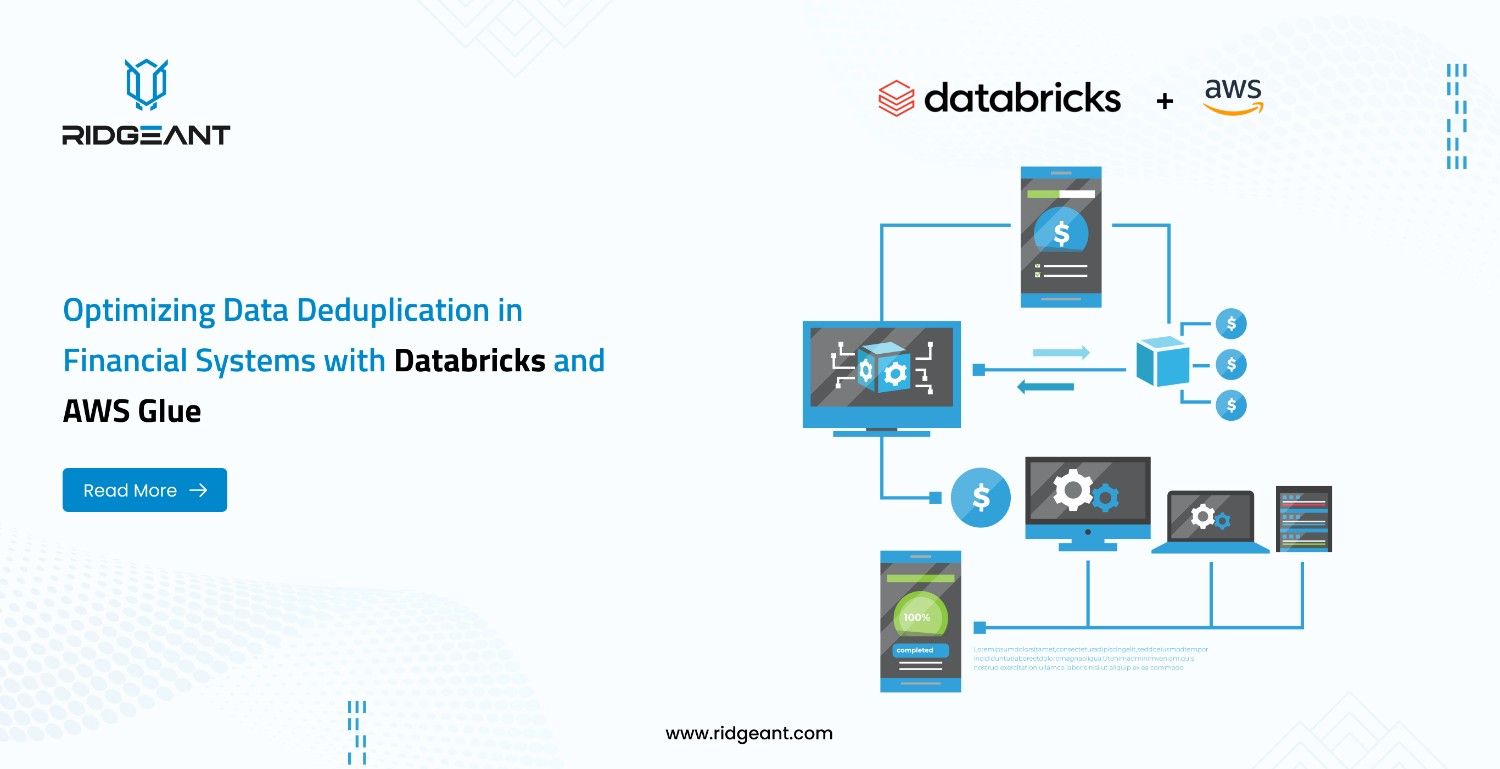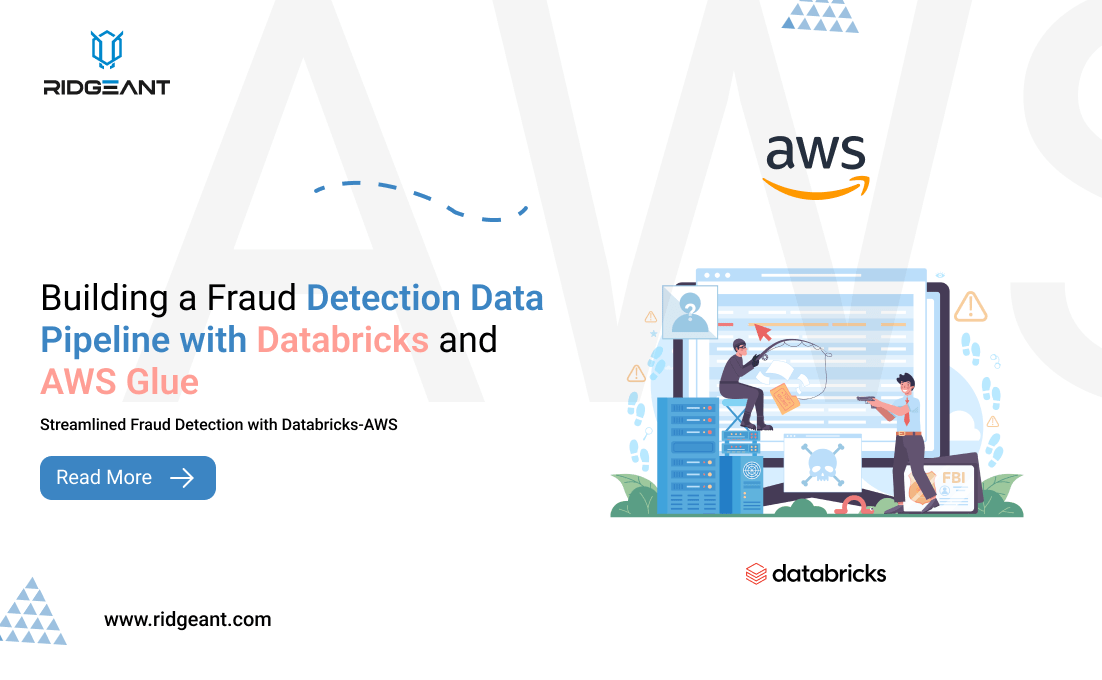
How Generative AI Transforming Demand Forecasting Across Industries
- Data Science, Generative AI
- September 10, 2024
- Ridgeant

Accurate demand forecasting has always been crucial for businesses to manage resources, minimize waste, and meet customer needs effectively. Historically, companies have relied on manual methods, including historical data and market trends. However, as market dynamics have become increasingly complex, these traditional approaches often fall short. This is where Generative AI steps in, offering a fresh, intelligent, and adaptive approach to forecasting that is redefining how industries manage demand.
Across various sectors like retail, manufacturing, and logistics, businesses are discovering the real-world benefits of AI-powered forecasting. It’s not just about crunching numbers anymore—Generative AI brings a nuanced, data-rich perspective that helps organizations anticipate and prepare for shifts in demand with unprecedented accuracy.
Why Generative AI is the New Standard in Demand Forecasting
Generative AI uses advanced machine learning techniques to analyze massive datasets and identify patterns that would otherwise go unnoticed. Its ability to process and adapt to new information in real-time gives businesses a cutting-edge tool to anticipate market changes and make more informed decisions.
Rather than relying on past performance alone, Generative AI services integrates various factors—such as weather patterns, economic shifts, social media trends, and even real-time consumer behavior—into its forecasting models. This multi-layered approach provides businesses with a deeper, more holistic view of the market.
For example, retailers using AI to predict demand can dynamically adjust inventory levels based on trending products, reducing overstock and minimizing the risk of shortages. In fact, companies using AI in their forecasting processes have seen their accuracy improve by 10-20%, helping them better align their operations with actual consumer demand.
The Core Benefits of AI-Driven Demand Forecasting
- Significantly Enhanced Forecasting Precision
Generative AI’s ability to process diverse data points simultaneously is a game-changer for accuracy. The technology eliminates much of the guesswork that comes with traditional forecasting methods. By constantly learning and adapting to new data, AI-driven systems can generate predictions that account for short-term fluctuations and long-term trends.
Businesses using AI for demand forecasting often see errors in their projections drop significantly. For example, manufacturers have noted a reduction of up to 30% in forecasting errors, which directly influences their ability to avoid stockouts, reduce excess inventory, and fine-tune production schedules.
- Agile Responses to Market Changes
One of the most powerful aspects of Generative AI is its ability to adjust in real-time. Traditional forecasting tools tend to be static, relying on data that may not reflect current market realities. By contrast, AI continuously updates its models based on the latest available information, enabling businesses to react more quickly to unexpected market shifts.
For instance, in industries where demand can change overnight—such as consumer electronics or fashion—AI allows businesses to recalibrate their forecasts dynamically, ensuring they can capitalize on trends or manage sudden surges in demand. This agility helps reduce the costs associated with overproduction or missed sales opportunities.
- Optimized Inventory and Reduced Costs
AI not only helps in forecasting demand with precision but also optimizes inventory management. It can predict which products will sell and in what quantities, preventing the costly issues of overstocking or understocking.
In retail, for example, businesses using AI to guide their inventory decisions have reported a 35% reduction in excess stock. This level of optimization leads to significant cost savings in warehousing and logistics while ensuring that customer demand is met without interruption.
- Actionable Insights for Strategic Decision-Making
Generative AI doesn’t just stop at predicting future demand—it provides deep insights into the factors driving that demand. Whether it’s consumer behavior, market conditions, or external variables like weather, AI can highlight these key drivers, enabling businesses to adjust their strategies accordingly.
Take, for instance, companies in the supply chain sector. By understanding which external factors are influencing their delivery timelines, they can plan more efficient routes, reducing transportation costs by up to 25% and improving delivery times. In highly competitive industries, such insights are invaluable for staying ahead of the competition.
Industry-Specific Applications of Generative AI in Demand Forecasting
Generative AI’s impact on demand forecasting isn’t limited to a single sector. Let’s explore how it’s being applied across various industries:
- Retail and E-commerce
In retail, predicting demand is a constant challenge due to seasonal fluctuations and shifting consumer preferences. Generative AI provides retailers with the tools to make smarter inventory decisions, ensuring that they stock up on the right products without risking overstock or stockouts.
By analyzing real-time data, including browsing behavior and purchase history, AI models can predict when certain products will see a surge in demand. Retailers who’ve adopted AI-based forecasting have experienced up to a 50% improvement in forecast accuracy, resulting in better inventory management and fewer lost sales.
- Manufacturing
Manufacturers must align production schedules with demand forecasts to avoid bottlenecks and downtime. AI enables manufacturers to synchronize production with actual market needs, minimizing both surplus inventory and underproduction.
Incorporating AI into demand forecasting can lead to a 30% reduction in production downtime as manufacturers can better align raw material sourcing and workforce allocation with real-time demand signals.
- Supply Chain and Logistics
Supply chains are often susceptible to sudden disruptions, which can lead to costly delays or inefficiencies. Generative AI helps anticipate these disruptions by continuously monitoring variables like fuel prices, shipping routes, and geopolitical factors.
With AI-based forecasting, logistics companies have seen on-time deliveries improve by up to 30%, while also reducing transportation costs by a similar margin. This level of optimization has a cascading effect, ensuring smoother operations throughout the supply chain.
- Food and Beverage
In the food industry, where spoilage and overstocking can significantly impact profits, AI-driven demand forecasting provides a much-needed solution. By predicting consumer demand for perishable goods, companies can ensure fresher products are available, reducing food waste.
The food and beverage sector has reported a 40% decrease in food waste when using AI models for demand forecasting, which translates to improved sustainability and cost savings.
Challenges in Implementing AI for Demand Forecasting
While the benefits of AI in demand forecasting are clear, there are challenges to consider. For one, the technology requires a robust data infrastructure and clean, high-quality data to deliver accurate results. Many businesses may struggle with the initial investment in the technology or lack the internal expertise to implement AI solutions effectively.
Moreover, AI-driven models must be fine-tuned for each industry and business to deliver optimal results. This often means collaborating with experts to ensure that the system is tailored to the specific needs and dynamics of the market.
However, companies that successfully navigate these challenges stand to gain a competitive advantage, as they can leverage AI to reduce costs, increase efficiency, and enhance their responsiveness to market changes.
Looking Ahead: The Future of Demand Forecasting with Generative AI
Generative AI is fast becoming an essential tool for businesses aiming to improve demand forecasting. Its ability to process diverse data sets, adapt in real-time, and deliver actionable insights makes it an invaluable resource for organizations looking to stay competitive in dynamic markets.
From optimizing inventory levels to predicting future market trends, the impact of AI on demand forecasting is clear: it’s reshaping the way businesses plan, operate, and make strategic decisions. As AI continues to evolve, its
applications will only become more sophisticated, offering even greater accuracy and predictive power. Companies that adopt AI for demand forecasting will not only benefit from cost reductions and operational efficiencies but also gain the agility to respond to market changes faster than their competitors.
Partner with Us for AI-Driven Forecasting Solutions
At Ridgeant, we understand the complexities of modern business operations. Our expertise in Data Science and AI services helps businesses across industries implement customized, AI-driven demand forecasting solutions. Whether you’re in retail, manufacturing, logistics, or any other sector, we provide the tools and insights necessary to improve your forecasting accuracy, reduce costs, and stay ahead of the curve.
Ready to transform your demand forecasting with AI? Contact us today to learn how we can help you leverage the power of Generative AI for more efficient, data-driven business strategies.














